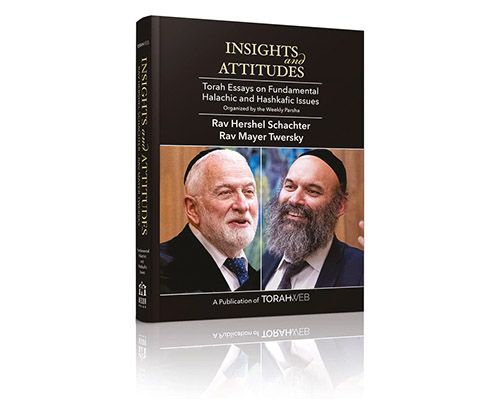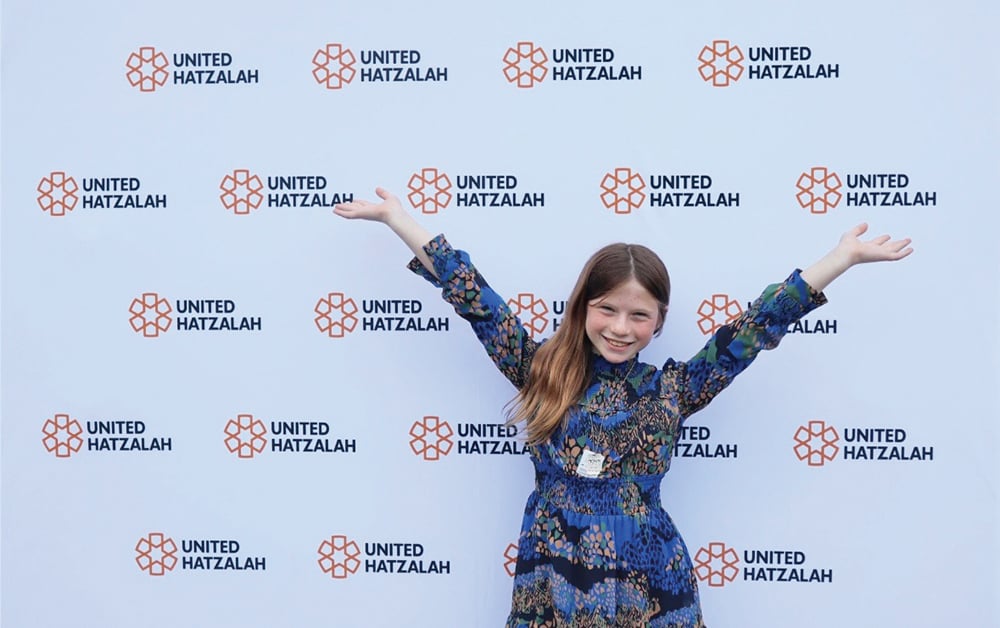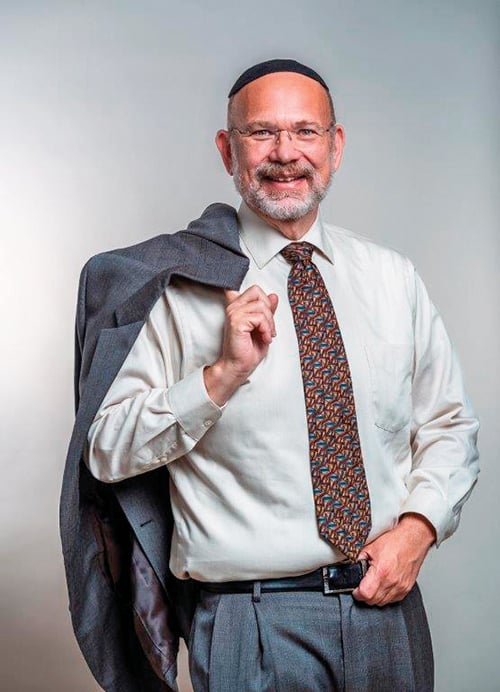
Editor’s note: This series is reprinted with permission from “Insights & Attitudes: Torah Essays on Fundamental Halachic and Hashkafic Issues,” a publication of TorahWeb.org. The book contains multiple articles, organized by parsha, by Rabbi Hershel Schachter and Rabbi Mayer Twersky.
The Rabbis instituted a takkana, rabbinical decree, to read a haftara each Shabbos following the kerias haTorah. The section read from the Navi should always be related to the keria (Tosafos, Megilla 23a, s.v. keivan).
Often the connection with the parasha is very obvious, but once in a while it is not that apparent. Sometimes there is both a superficial, apparent connection as well as a more subtle one.
At first glance, the connection between Parashas Bamidbar and the haftara is obvious: the parasha deals with the census of the Jewish people taken in the midbar, and the haftara opens with the prophetic statement that the population of the Jewish people will grow so much that it will be impossible to count them.
But there seems to be another, more subtle connection between the two. The halacha recognizes two stages in marriage: erusin and nissuin (betrothal and marriage). When the chasan (groom) says “harei at” and gives the ring to the kallah (bride), she becomes an eishes ish, but only an arusa. Their marital relationship is not yet complete until the chasan brings the kallah into his home. This constitutes nissuin, and only at that point does the halacha declare that the couple is considered one: ba’al ke’ishto, and isha keba’alah (Sanhedrin 28b).
The relationship between Hashem and His Jewish people is described in Tanach as one of marriage. The prophets state that Hashem has never—and will never—“divorce” his “spouse.” He always was—and will always continue to be—a most faithful spouse; even though perhaps we do not really deserve such loyalty.
Nonetheless, the Talmud points out (Yoma 54a) that our “marital relationship” with Hashem fluctuates between the stage of erusin and that of nissuin. When the Aron (with the luchos, tablets) is in its proper place in the Kodesh Hakodoshim, the relationship is compared to the more intense state of nissuin. When there is no Beis HaMikdash, or even during the period of the Second Temple when the Aron with the luchos was not in its proper place, the relationship is compared to the incomplete state of erusin.
The Talmud (ibid.) relates that during the period of the First Temple, when the Jews would come to visit on the shalosh regalim, the kohanim would roll up the curtain in the paroches to show the olei regalim the Keruvim (cherubim) hugging each other on top of the Aron “כמער איש וליות” — “as a husband would hug his wife” (Melachim I 7:36). This demonstrated the great love that Hashem always has for His chosen people. But the concluding pasuk in Parashas Bamidbar indicates that when the Mishkan was taken apart, it was forbidden for outsiders (other than the kohanim who were needed to pack up the Aron) to look at the Aron. The Talmud (Shekalim 6:2) relates that during the period of the Second Temple, one of the kohanim noticed that one of the tiles on the floor was not properly aligned with the others. He picked up the tile and realized that this was a secret trap door which led to the basement. When he entered the basement, he saw “the lost ark” and stared at it for a while. This was not allowed, and for this he was punished.
When the relationship with Hashem is compared to one of nissuin, of course the couple may stare at each other. They are living together intimately. But during the period of erusin, we are not even permitted to stare at the Aron.
In the haftara, the navi Hoshea prophesies that the day will come when the Jewish people will return to Eretz Yisrael and no longer will refer to Hashem as “ba’ali,” but rather as “ishi.” According to the interpretation of the Mishneh Lamelech (in the last paragraph of his book Parashas Derachim, based on Pesachim 87a), this means that our relationship with Hashem will be restored to that of nissuin, as opposed to the state of erusin that we have been in since the Aron with the luchos was removed from the Kodesh Hakodoshim in the days of Yoshiyahu HaMelech.
In a similar fashion, even a superficial glance at Parashas Beha’aloscha and its haftara would lead one to notice the obvious connection between the keria and its haftara. The parasha opens with the mitzva of kindling the menorah, and the navi Zecharia has the prophetic vision of the menorah of the Second and Third Temples.
After some careful study, there seems to be a more subtle and fundamental connection between the two. Rambam (Peirush HaMishnayos on Sanhedrin, perek Chelek) lists what he considers to be the 13 principles of faith. Among them is that we believe that the level of Moshe Rabbeinu’s prophecy is higher than that of all the other prophets. The source for this principle is the seventh aliya in Parashas Beha’aloscha. To use the language of the Talmud (Yevamos 49b), the prophecy of Moshe Rabbeinu was illuminated and crystal-clear, as opposed to that of the other prophets, whose nevua (prophecy) was not that clear. To demonstrate this point, Rambam (Moreh Nevuchim II:43) quotes from the nevua of Zecharia, which happens to be the haftara for Parashas Beha’aloscha, that the navi had to ask the angel to explain to him what he had been shown. At first, Zecharia simply could not understand what the prophecy was supposed to represent, until the angel explained it to him. This, perhaps, is a more significant connection between Parashas Beha’aloscha and its haftara, as the entire story of the prophecy of Zecharia demonstrates the principle of faith spelled out in the sidra.
Rabbi Hershel Schachter joined the faculty of Yeshiva University’s Rabbi Isaac Elchanan Theological Seminary in 1967, at the age of 26, the youngest Rosh Yeshiva at RIETS. Since 1971, Rabbi Schachter has been Rosh Kollel in RIETS’ Marcos and Adina Katz Kollel (Institute for Advanced Research in Rabbinics) and also holds the institution’s Nathan and Vivian Fink Distinguished Professorial Chair in Talmud. In addition to his teaching duties, Rabbi Schachter lectures, writes, and serves as a world renowned decisor of Jewish Law.












